What Your Office Says About Your Company (And Why You Should Care)
If there is one thing we have learned through the economic twists and turns of the past decade, it is that people make our companies run. Even at the depths of the economic downturn with the high unemployment rate of 9.9 percent, there were 3.8 million jobs in the US that went unfilled for more than six months and that problem only gets worse as unemployment drops. Consequently, attracting and retaining high quality employees is ‘job one’ in 2014. Is it any wonder that CEO’s and their HR departments, are scanning the horizon for any new idea to help fill those positions? Enter stage left, the open office concept.
The open office concept has its detractors and there is actually much to be said for the traditional office with its spaces for privacy, learning, and focused work, but an open office strategy, when thoughtfully deployed can create environments that support employee attraction and retention.
Hi there! This article is available for free. Login or register as a StrategyDriven Personal Business Advisor Self-Guided Client by:
Subscribing to the Self Guided Program - It's Free!
About the Author

Kristine was trained as an architect and then moved into the business arena. Now, she teaches and speaks about the future of work and behavioral strategy to groups and conferences nationally. Kristine consults for medium to large companies, helping business leaders use behavioral strategies to adjust their value proposition, identity/brand, organization structure, and facilities to create the most direct path through any organizational transformation. For more information visit: www.kristinewoolsey.com.

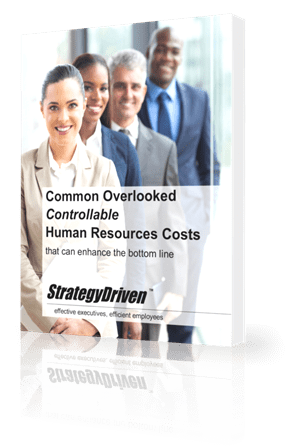
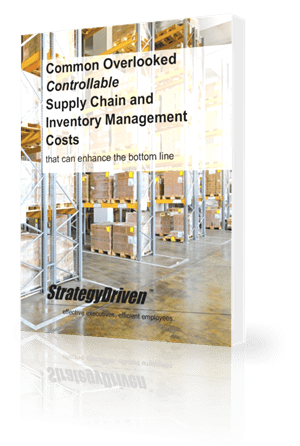
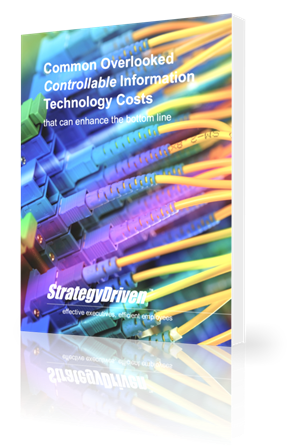
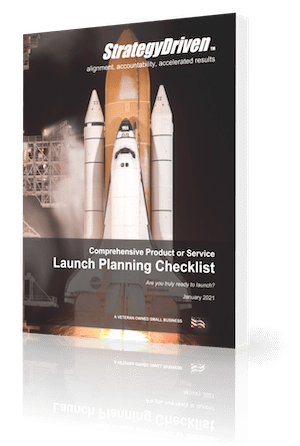




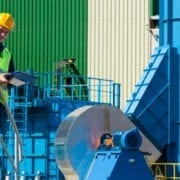

Leave a Reply
Want to join the discussion?Feel free to contribute!